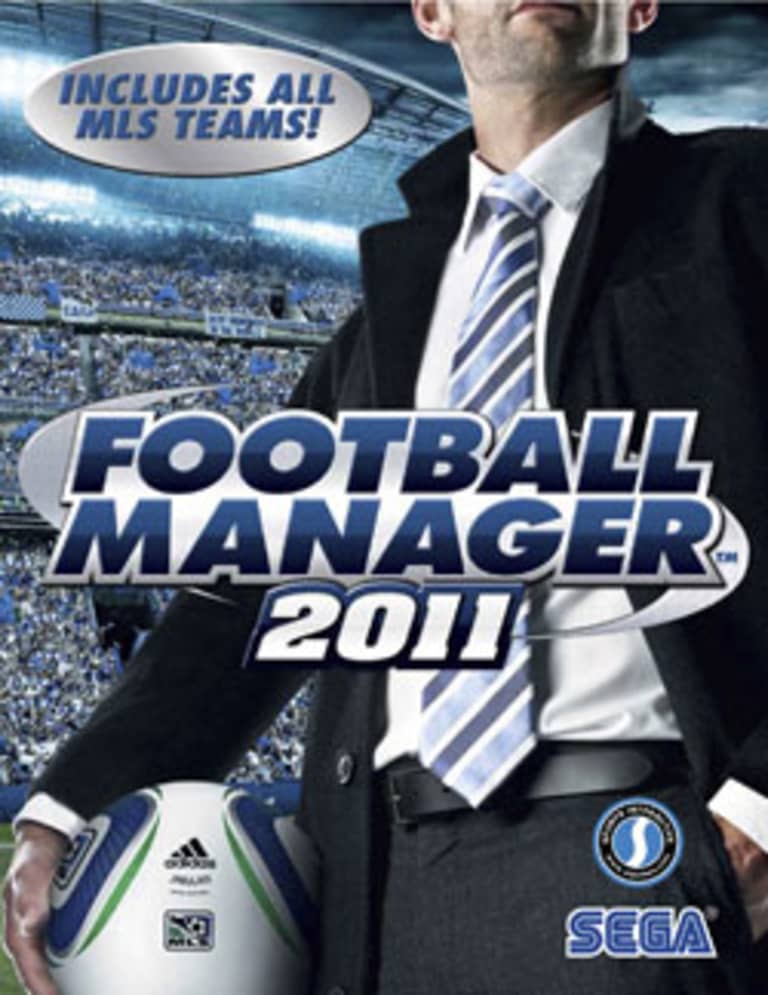Is anybody else worried about the over-Anglification of Major League Soccer?
I’m trying to talk myself down off the ledge on this one.
We just had a team cast largely from the English soccer mold, one perhaps a little heavy on the rough and tumble, prevail in the MLS Cup. You can be sure that other MLS coaches were watching as Colorado triumped using some traditionally British elements—a straight-line midfield devoid of a traditional playmaker, a “big lad” up front and a tilt toward industry on the toil-vs.-technique balance.
[inline_node:320930]Meanwhile, John Spencer, a scrappy, fiery Scotsman in his playing days who will surely be the same as a manager, has the keys to the Portland Timbers van. And the Vancouver Whitecaps, the other rookie entry for MLS in 2011, are being run by president Bob Lenarduzzi, whose pro days started at Reading in England, and his first big signing was an American who similarly cut his teeth as a pro in the land of the Three Lions.
So here’s how I’m keeping a cool head about the fact that a few more people around MLS might spell their “colors” with a “u” and prefer tea over coffee:
Soccer that is quintessentially British doesn’t have to be ugly. It certainly can be—but it doesn’t have to be.
*
The reason we tend to see British soccer as a less attractive brand than, say, Spanish, could be blamed on Mother Nature. Playing on poor pitches through much of the last century created a kick-and-rush standard. The weather was cold, so players could run, pressure and tackle with a fierce urgency for 90 minutes. The smart man got rid of the ball quickly for fear of being kicked.
Later, even as the pitches improved, the game in England was still all about power and pace. The players were better as the money improved, but the game was still helter-skelter.

Along the way, some teams tried to play the right way. The Liverpool of the 1980s played a style more aligned with the continent than the Midlands. Arsenal has frequently been compared to flowing Spanish and Italian teams. And the way forward at Manchester United may have included some traditional English habits, but the crushing high pressure that marked an afternoon at Old Trafford did create more wide-open games, at least.
Still, there were others who tried to close the talent gap through thuggish play that only a Boston Bruins hockey fan could love. (There’s a lot of that going on in Scotland, too, where it’s Rangers, Celtic and everyone else. That talent gap thing can be a real bugger.)
All of that is to say: Yes, British football can be hard on the eyes. But, again, it doesn’t have to be.
The Rapids and their heavily accented English coach Gary Smith won an MLS Cup not because they use a target man, but because they use a target man effectively. And because they have a very good target man in Conor Casey. The style may not be your, um, cup o’ tea, but there is a certain aesthetic when it’s done correctly.
Besides, in all honesty, it wasn’t Casey’s brilliant hold-up work that proved so devastating in the MLS title chase through the playoffs; rather, it was his timing in those devastating near post runs, in his ability to create havoc by cutting across the defender at the precise moment. That’s good soccer.
Another quintessentially British way has always been to deploy two center back beasts (“center halves” in the parlance of the Isles) whose job is more or less to physically “disturb” skillful forwards. But neither of Colorado’s center backs studied at hard-knocks school. Drew Moor is tough, but also quite technically proficient. And Marvell Wynne’s game is all about speed and the ability to insert himself quickly and nimbly into the tackle. Neither is a particularly big fellow.
*
Besides, a lot of the “attractive factor” in soccer is always going to be about the man in the middle. Simply put, if referees call fouls properly, the game will be more pleasing to watch. If they don’t—well, professionals are paid to win games and they are going to push and test until the referee says, “Enough!” So, that part is neither British nor American nor Latin, etc.
[inline_node:323799]Yes, Colorado dropped a little too far back for my liking at times, and that doesn’t help the match aesthetic. But their wingbacks like to get forward. And shrewd use of Omar Cummings’ speed—those killer runs out to the right or lateral bursts into the middle—were always a joy to watch.
I’ve seen MLS clubs past employing distinctly less pretty sides of the British game. Some old teams in Dallas, Kansas City and Colorado come to mind, where the main way forward was almost always a big, diagonal ball from wide spots in the midfield. Yuck.
But, again, it doesn’t have to be that way. Those teams leaned on Route One soccer, in part, because they just didn’t have many other options. If Portland and Vancouver get the personnel blend right, if they stock up adequately on talent, there’s no reason they can’t play good soccer—even if it has a British lilt to it.













